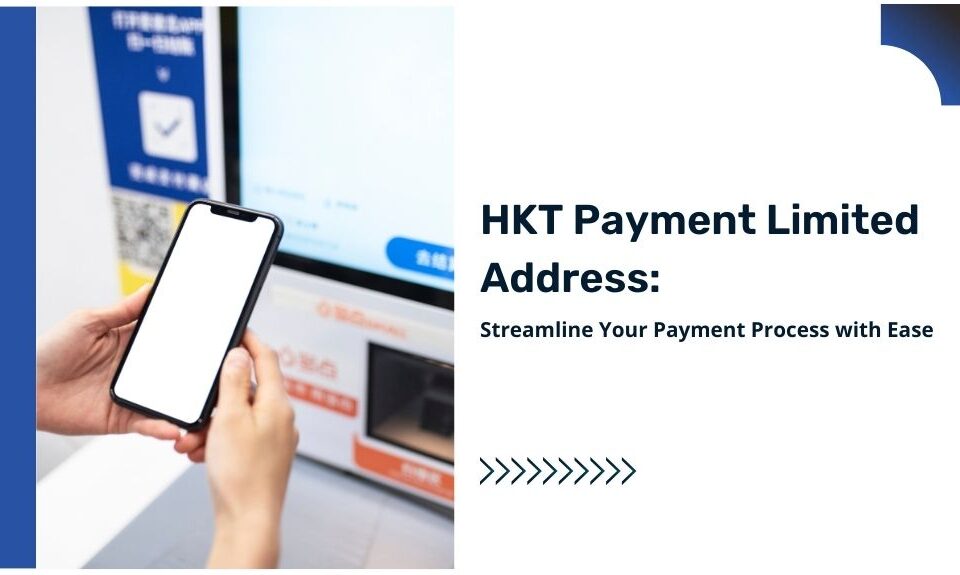What Fees Add to the Value of My Merchant Services Portfolio?
Purchasing Merchant Portfolio Residuals: Does Geography Matter? Where Can I Find Them?
June 2, 2022How do Large Merchants Affect the Value of My ISO or Merchant Portfolio?
June 23, 2022There are a lot of questions in the air when it comes to determining the value of a merchant portfolio, whether it involves buying or selling. Are the merchant fees and other assessments figured into the total value of the merchant portfolio? To make it simple, the answer is yes. However, there is more to that. Yes, they will be added to the valuation of the merchant profile but not all of the fees you’ve encountered and definitely not all the time. That begs the question, what are the most common fees that will be included?
In this article, we’ll cover the value potential of a merchant portfolio, as well as what fees affect that value.
What is a Merchant Portfolio?
In business, a “merchant portfolio” refers to a grouping of accounts that accept credit or debit cards. Merchants include online or in-person businesses that accept credit or debit cards (wholesalers between the payment processor and the merchant). Payment processors and payment ISOs include firms that accept credit or debit cards. As an ISO or payment processor expands, it refers to its merchant portfolio, or the merchant accounts that it processes, as its book of business. Merchant residuals are referred to by agents and others as monthly revenue from a merchant portfolio.
The more expansive your merchant portfolio is, the higher it is worth. Merchant portfolios worth more than $10k to $40k per month should yield a larger multiple, ideally 15 times more than those worth less than $10,000 per month. Of course, this also brings in the fact that a merchant portfolio worth about $1M will bring in an even larger multiple.
What FeesMatter to Your Merchant Portfolio?
Here are some ways the most common types of fees affect a merchant portfolio and the value of that portfolio:
Annual Fee
The annual fee is one that will always affect the value of a Merchant Portfolio. The biggest reason is that the buyer will also benefit from this fee. The owner of the Merchant Profile will have to pay this fee yearly and it’s only fair that the fees paid previously are credited to the total value.
Monthly Minimum Fee
This is an interesting factor. By definition, this is the fee that a processor or sponsor bank charges a merchant for having an active account with them. This is something that should be added to the value if the merchant account is processing, and it shouldn’t be factored in if it’s not. Buyers will not be very concerned if the percentage of non-processing merchant accounts in the portfolio is less than 10%. However, if it is larger than 10%, be aware that the monthly fee revenue from non-processing accounts may be discounted.
Cancellation Fee
Cancellation fees should never be added to the value of the merchant portfolio. Even if you have an expansive merchant portfolio, you shouldn’t think of selling it right away if it’s generating a lot of cancellation fees every month. This signals that there is something wrong with your merchant portfolio and you should solve that first. It’s only fair that the buyer won’t be affected by whatever struggle your merchant portfolio has.
PCI DSS Compliance Fee
The PCI DSS Compliance Fee is a fee enforced on credit card processing service providers and sales organizations by the Payment Card Industry Data Security Standards Council (PCI DSS). This organization ensures the protection and security of your data by enforcing data security regulations and policies in the card processing industry. However, if the merchants you are acquiring are not being charged for this fee at the present time, you may be able to enjoy more upside in the transaction once the merchants are compliant. Don’t think that the same applies to you if you are a seller. When you sell your merchant portfolio, you have to ensure that all of your merchants are compliant. If your merchants aren’t compliant, you can’t and shouldn’t expect to get more in the future because they could be.
IRS Reporting Fee
This, like the PCI DSS Compliance Fee, should be incorporated into the total value of the merchant portfolio. A merchant account provider charges this fee in order to offset administrative costs of reporting credit card processing volume to the IRS each year.
Parting Words
Going back to the notion of non-processing accounts, if you have a large number of non-processing accounts in your portfolio, you could qualify for a reduction or exclusion from portfolio assessments on all income from those accounts, including annual fees, PCI DSS fees, and IRS reporting costs. The accounts might be “locked-in” due to terminal leasing or excessive cancellation fees, but don’t waste your time trying to convince a prospective buyer of this. In reality, revenue from non-processing accounts is of poor quality. You should always keep your business dealings fair and honest for all parties involved. This is something that your buyers know and it’s important that you do too.



